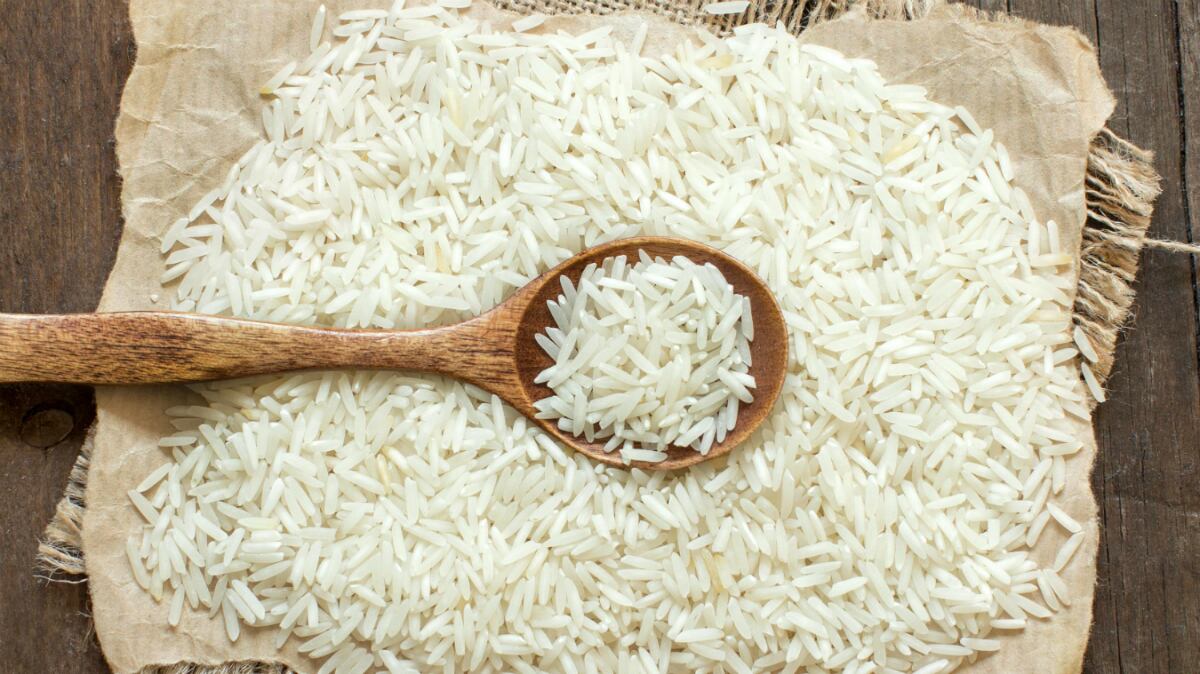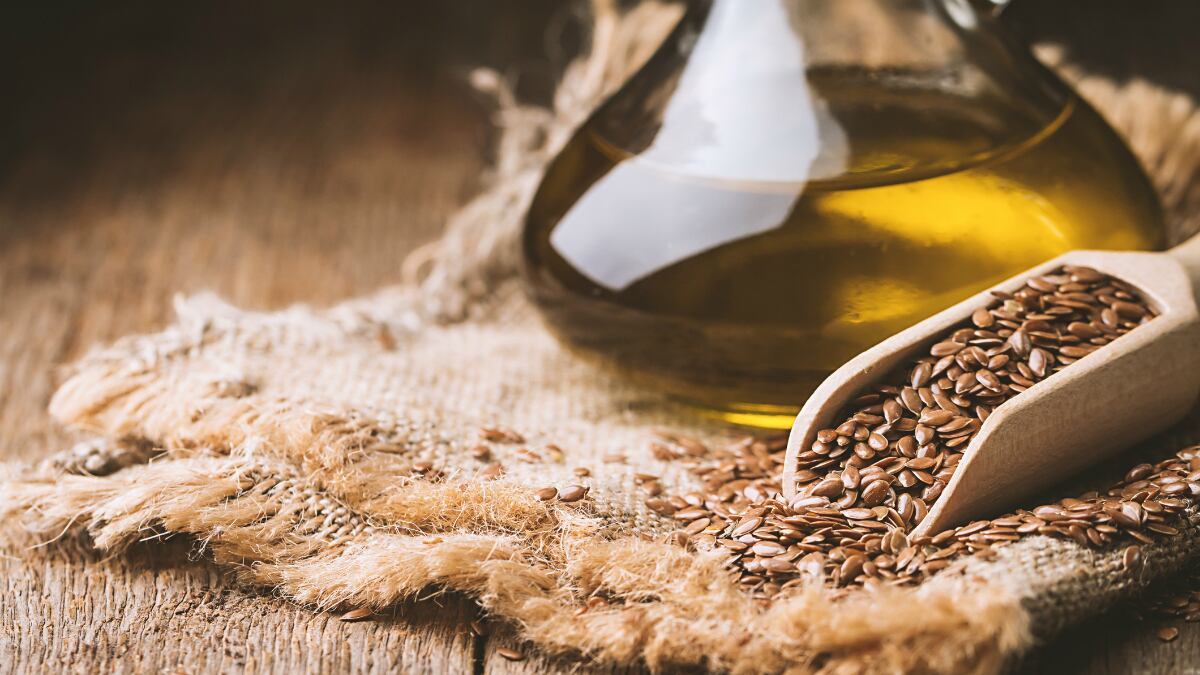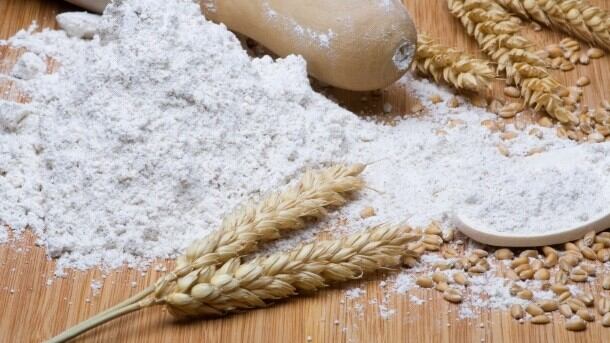In the Indian government's latest effort to combat malnutrition in the country, the Ministry of Women and Child Development pushed for the use of fortified rice across the board in these nutrition-based schemes, having already made the use of fortified wheat, salt, milk and oil mandatory.
Government sources have revealed that by December 2019, midday meals at schools, as well as food served at ICDS centres, will be prepared using fortified wheat flour and edible oil. Currently, the use of double-fortified iodised salt under these programmes is already mandatory.
The Food Safety and Standards Authority of India (FSSAI) also said that by January 2020, fortified rice, wheat flour, salt and edible oil would be supplied throughout the country’s Public Distribution System (PDS).
Phasing out
Speaking from an international conference called Aligning Food Systems for Health Diets and Improved Nutrition, held at the National Institute of Nutrition (NIN) in Hyderabad on November 11, joint secretary for the Department of Women and Child Welfare Rajesh Kumar said he and his colleagues would be meeting with officials from the Food Ministry and the FSSAI over the next few weeks.
The purpose of these meetings would be to discuss how best to introduce rice fortification through the ICDS and in schools. The department will also ensure that the double fortification of rice, wheat, salt, milk and oil will be implemented in several phases.
He also said that the fortification of food was just one of the ways in which malnutrition, which has plagued India for a long time, could be alleviated.
Addition of nutrition
The rice used in the aforementioned schemes will be fortified by the addition of vitamins and minerals, many of which are lost when rice is milled and polished.
Fortified rice and wheat flour will contain folic acid, iron, niacin, pyridoxine, riboflavin, thiamine and vitamins A and B12, while fortified milk and edible oil will contain vitamins A and D, all in amounts that can help consumers reach their RDI (recommended daily intake).
The Indian government has made multiple attempts to lower the incidence of malnutrition in the country over the years, with its most recent effort involving pearl millet fortification, carried out in conjunction with the Indian Council of Agricultural Research (ICAR) and US-based firm HarvestPlus.
However, while the fortification of staple foods in general has been welcome by the public and complied with by many companies, the FSSAI has received criticism from industry over its push for the mandatory fortification of edible oils, with the main complaint being that it is likely to be too impractical and far too costly to implement.



